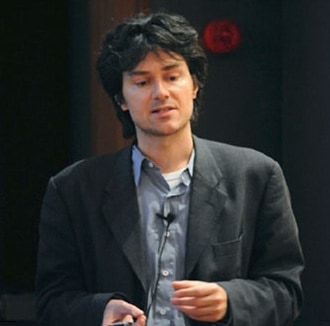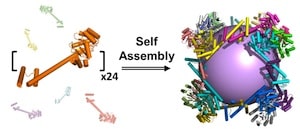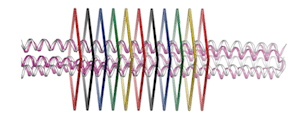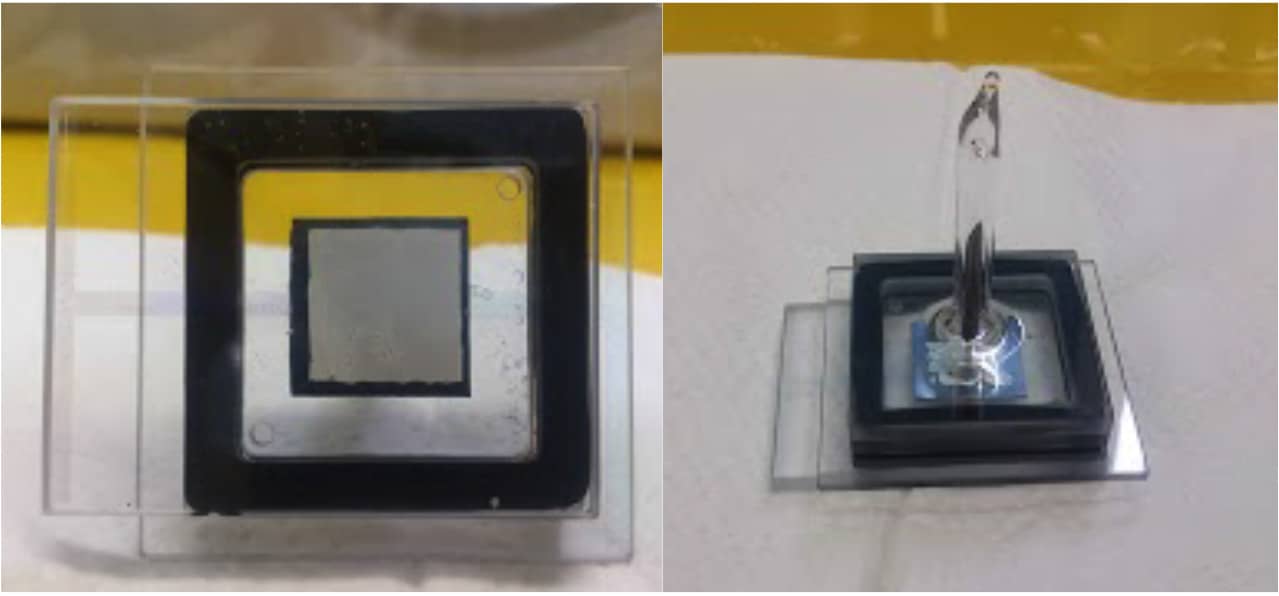Among the smallest molecular robots reported so far, a walker based on phenylarsonous acid with two organic thiol ligands as feet walks through a one-nanometer-diameter protein nanopore channel by taking 0.6 nanometer steps, by thiol exchange, from one cysteine residue to the next.
Small molecule nanorobot walks through a protein nanopore








